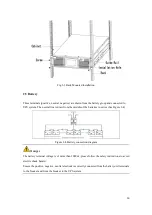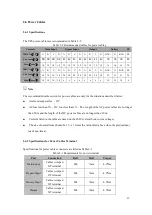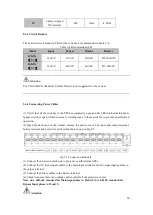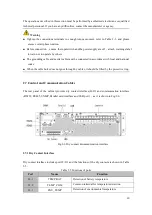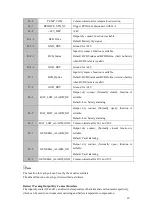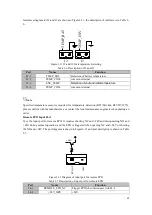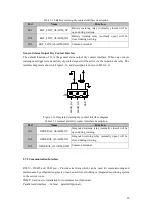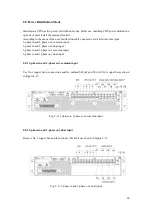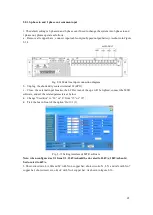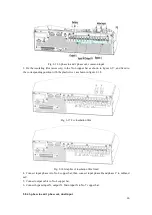
13
2 Installation
This chapter introduces UPS installation, including unpacking and inspection, main Cabinet
Installation, cables connection.
2.1 Location
As each site has itself requirements, the installation instructions in this section are as a guide for the
general procedures and practices that should be observed by the installing engineer.
2.1.1 Installation Environment
The UPS is intended for indoor installation and uses forced convection cooling by internal fans.
Please make sure there is enough space for the UPS ventilation and cooling.
Keep the UPS far away from water, heat and inflammable and explosive corrosive material. Avoid
installing the UPS in the environment with direct sunlight, dust, volatile gases, corrosive material
and high salinity.
Avoid installing the UPS in the environment with conductive dirt.
The operatingenvironment temperaturefor batteries is 20
℃
-25
℃
. Operating above 25
℃
will reduce
the battery life, and operation below 20
℃
will reduce the battery capacity.
The battery will generate a little amount of hydrogen and oxygen at the end of charging; ensure the
fresh air volume of the battery installation environment must meet EN50272-2001 requirements.
When external batteries are used, the battery circuit breakers (or fuses) must be mounted as close as
possible to the batteries, and the connecting cables should be as short as possible.
2.1.2 Site Selection
Ensure the ground or installation platform can bear the weight of the UPS cabinet, batteries and
battery racks.
No vibration and less than 5 degree inclination horizontally.
The equipment should be stored in a room so as to protect it against excessive humidity and heat
sources.
The battery needs to be stored in dry and cool place with good ventilation. The most suitable storage
temperatureis 20
℃
to 25
℃
.
2.1.3 Size and Weight
The dimension and weigh for the UPS cabinet is shown in Table 2-1
Table 2.1 Weight for the cabinet

















